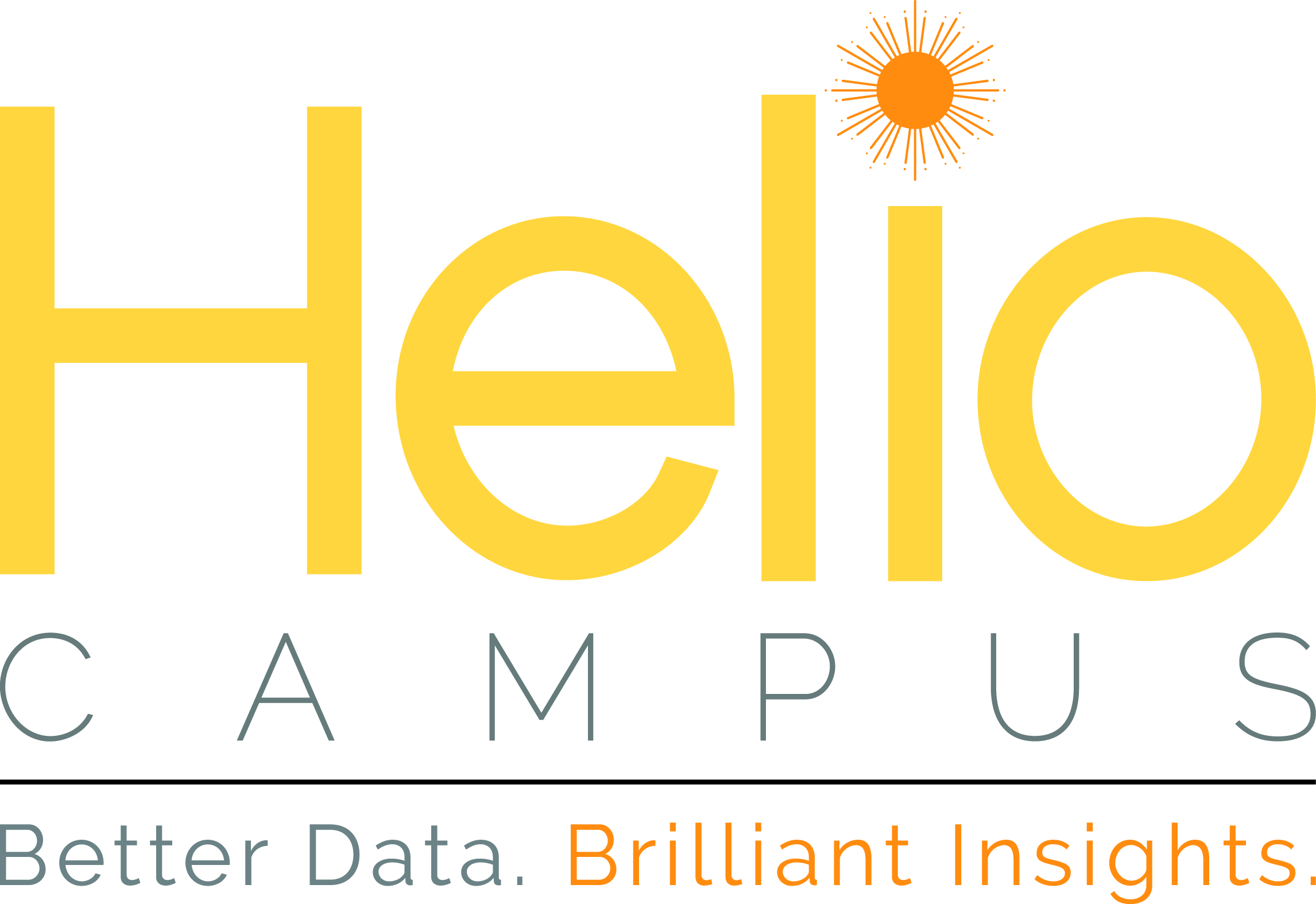
Opinions expressed in AGB blogs are those of the authors and not necessarily those of the institutions that employ them or of AGB.
The higher education landscape has changed dramatically as a multitude of challenges have threatened the financial stability of institutions. Declining enrollments and operating revenues, tuition dependence, and over-burdened cost structures are only some of the issues plaguing colleges and universities. In a Washington Post Magazine article, Carmen Twillie Ambar, president of Oberlin College, describes an “inflection point” where the necessity for institutional transformation has peaked, and the only way to sustain long-term success is through strategic change. While the landscape has changed, it doesn’t have to be bleak; institutions can invest now so they are able to thrive well beyond the pandemic.
Begin by developing short-term, mid-term, and long-term strategic, financial plans – they are critical in building and sustaining institutional health. To help you get there, we propose focusing on the following:
1. Data-informed decision making to assist with planning
Unlike many other industries, higher ed has been hesitant to use data to inform their decisions and drive planning, leading them to miss out on insights that are critical to the success of any institution. In 2019, The Association for Institutional Research (AIR), EDUCAUSE, and the National Association of College and University Business Officers (NACUBO) issued a joint statement, urging the industry to leverage data and analytics:
“We strongly believe that using data to better understand our students and our own operations paves the way to developing new, innovative approaches for improved student recruiting, better student outcomes, greater institutional efficiency and cost-containment, and much more,” the statement said. “Data are an institutional strategic asset and should be used as such.”
While data-informed decision making takes careful planning, including bringing disparate data sources together, securing an infrastructure to capture them, and modeling and visualizing the data so it is accessible, the onset of the pandemic forced institutions to focus on what could be done in the short term. For example, Covid-19 forced many colleges and universities to pivot to fully remote learning, providing a wealth of LMS data for institutions to review, find insights, and drive improvements. Don’t let this data go to waste when it could answer some of your institution’s most immediate questions and illuminate a path forward.
Beyond LMS data, as we start to consider life after COVID, institutions can examine what data is necessary for mid-term and long-term strategic planning, and whether or not they can easily access and understand it. If not, now is the time to figure out how to use data as an asset for strategic planning.
2. Smarter strategic planning includes multiple stakeholders
As your institution grapples with how to address current challenges, prepare and be willing for significant shifts in how your business operates in the medium to long term. According to the TIAA Institute, when Macalester College underwent necessary institutional change, their first step was to launch a task force composed of stakeholders – they understood that change could not happen if their people were not involved and committed. Cooperation and support from stakeholders enabled the task force to successfully leverage data to inform a long-term sustainability plan for their institution.
Ohio University (OHIO) undertook a similar change management initiative and used a five-step framework for data analytics transformation. They recognized that to get everyone on the same page and successfully create change, they had to (1) create a sense of urgency, (2) identify stakeholders, (3) develop a vision, (4) communicate the vision, and (5) empower broad-based action. Loralyn Taylor, associate provost for institutional research and effectiveness at OHIO, identified a problem and seized the opportunity to connect siloed data systems to answer the institution’s most immediate and long-term questions. Read the case study, Launching an Analytics Transformation, to learn more about OHIO’s data journey.
3. Striving for efficiency and cost-savings, while balancing strategic investments
Cost control is an extremely important factor for institutions in achieving long-term financial sustainability. There are numerous efficiencies that can be made across most institutions by leveraging data and gathering feedback from departments. Here are a few key areas to focus on when thinking about cost control and efficiency: utilization of classroom space, physical infrastructure as it relates to energy-efficient standards, and investments in endowments and green funds. One effective way to determine where and when to cut costs and make investments is to benchmark your institution’s data against its peers and competitors. Our new eBook, The Importance of Benchmarking, shares how colleges and universities are using benchmarking to discover insights and make informed and strategic decisions in the short-term, mid-term, and long-term.
Investing for the future is a difficult undertaking, especially in this challenging environment. But now more than ever, your institution has the opportunity to break from the norm and think long-term to ensure financial sustainability.
For even more information on this topic, read our eBook: Financial Sustainability in Higher Education: Challenges and Solutions.
Mia Phillips is the Marketing Associate at HelioCampus.
With Thanks to AGB Sponsor: HelioCampus
Mia Phillips
Marketing Associate
HelioCampus
mia.phillips@heliocampus.com


